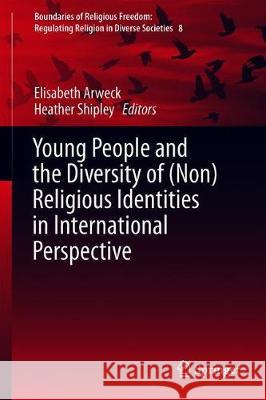Young People and the Diversity of (Non)Religious Identities in International Perspective » książka
topmenu
Young People and the Diversity of (Non)Religious Identities in International Perspective
ISBN-13: 9783030161651 / Angielski / Twarda / 2019 / 258 str.
Young People and the Diversity of (Non)Religious Identities in International Perspective
ISBN-13: 9783030161651 / Angielski / Twarda / 2019 / 258 str.
cena 401,58
(netto: 382,46 VAT: 5%)
Najniższa cena z 30 dni: 385,52
(netto: 382,46 VAT: 5%)
Najniższa cena z 30 dni: 385,52
Termin realizacji zamówienia:
ok. 22 dni roboczych.
ok. 22 dni roboczych.
Darmowa dostawa!
Kategorie:
Kategorie BISAC:
Wydawca:
Springer
Seria wydawnicza:
Język:
Angielski
ISBN-13:
9783030161651
Rok wydania:
2019
Wydanie:
2019
Ilość stron:
258
Oprawa:
Twarda
Wolumenów:
01
Dodatkowe informacje:
Komentarz
Bibliografia
Bibliografia











